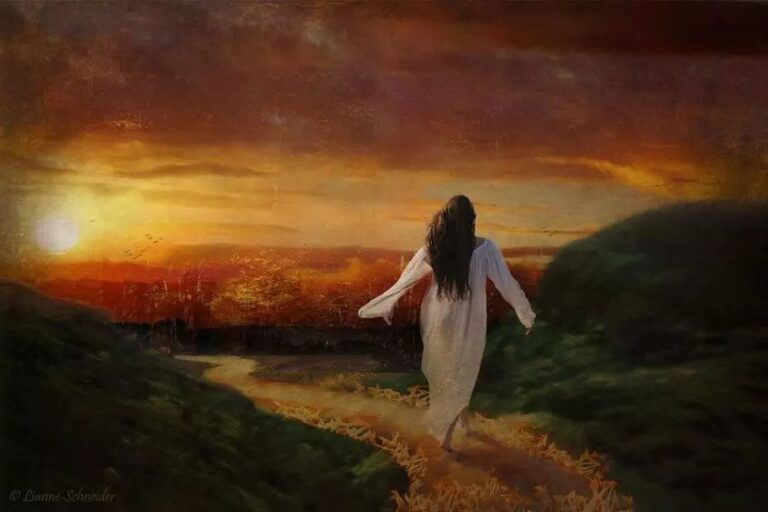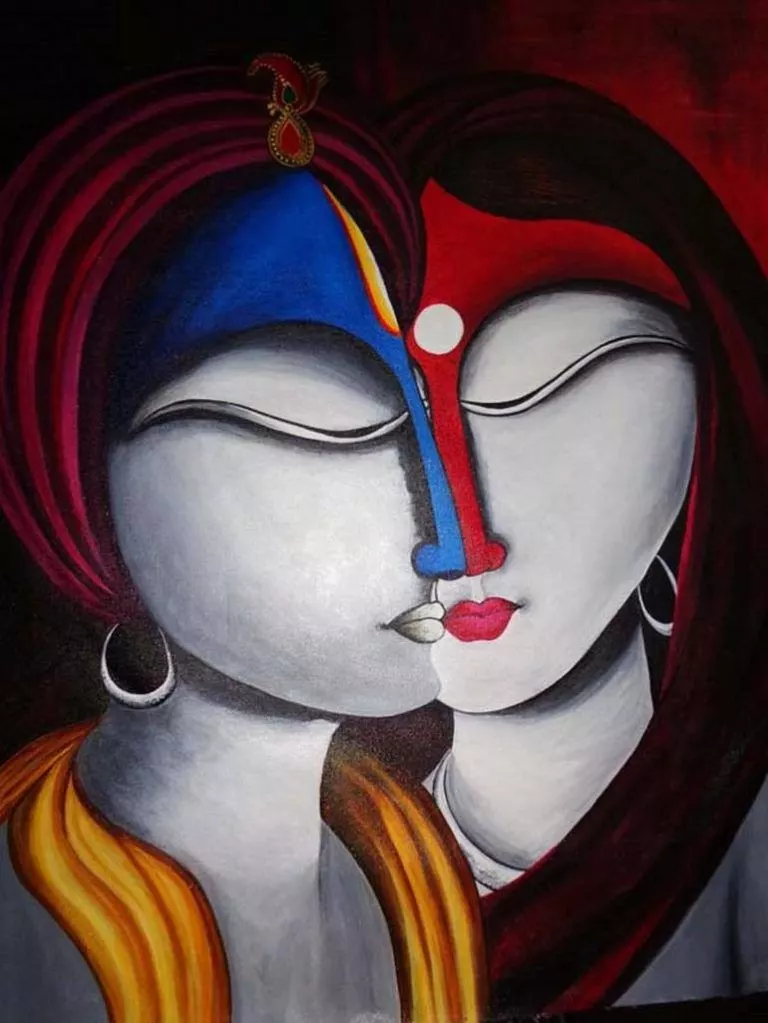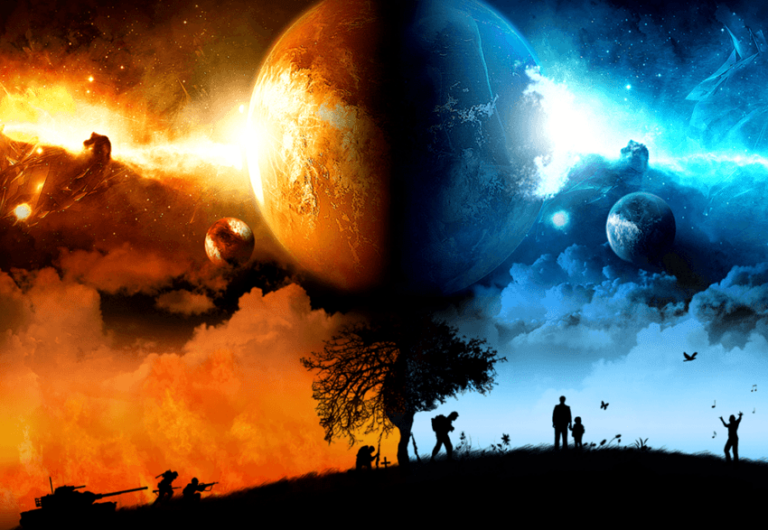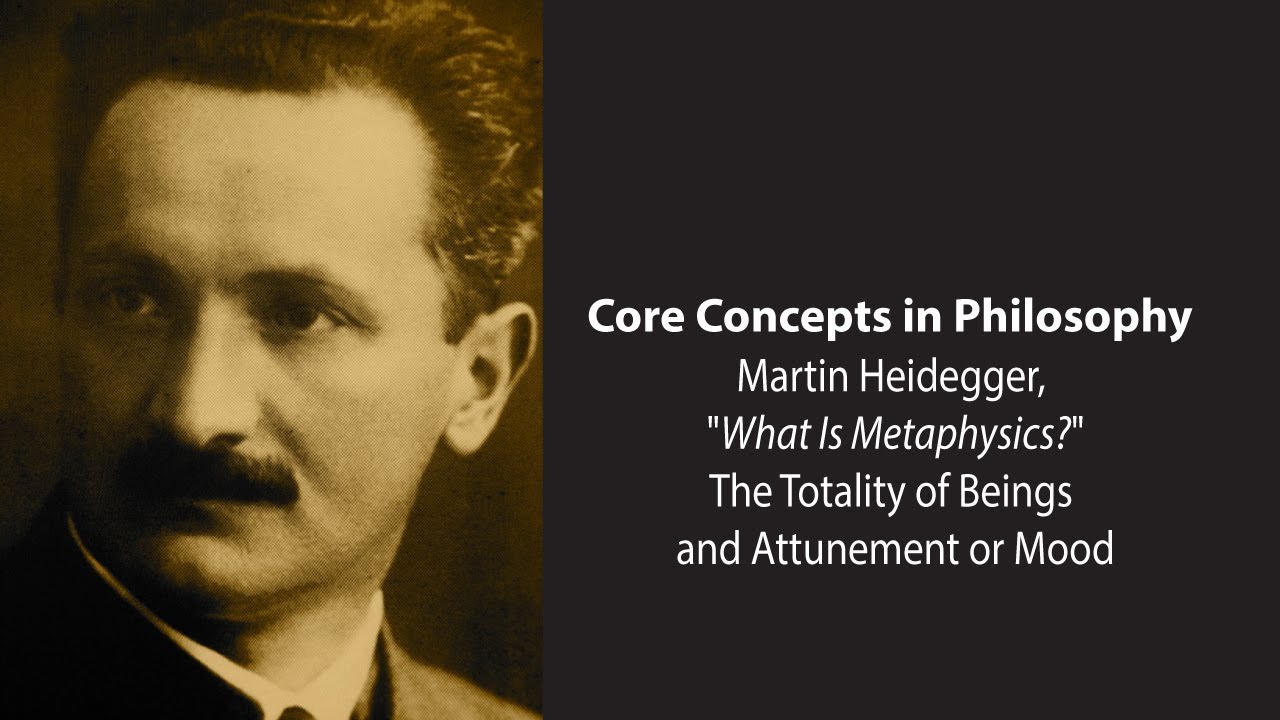“The philosophical truth quest is a kind of transformative practice itself, dissolving certainties and questioning blind obedience to social authority in the service of love of life. In this sense, the serious seeker puts his life on the line.” ~ Louis G. Herman
Sometimes sacred journeys take us by surprise, arising from the many vicissitudes of life and sending us on a roller coaster ride into adventure. These sacred journeys can be as fulfilling as they are devastating. But there’s nothing preventing us from going on a sacred journey with intent.
A sacred journey is technically just an adventurous trip, but it is also infinitely more than just tourism. For a sacred journey changes everything – mind, body, and soul. Experiences, perceptions, emotions, intuitions, all become heightened states of awareness. Synchronicity abounds, synergism emerges. Individuation and self-actualization manifest. Even mistakes become portals into transformation.
Although each sacred journey has its unique dynamic and adventurous fingerprint, all sacred journeys have four basic steps. Let’s break them down.
1) Call to adventure
“Remember the terrible song of stars – you knew it once, before you were born.” ~ John Daniel
Sometimes we don’t know the sacred place that calls for our soul’s energy, and we are forced to search and struggle toward it on the waves of destiny and chance. But other times a particular place tugs at our soul. There is a reason, a longing, a deep purpose, a hope or desire that inspires us to take a leap of courage into a sacred journey. This place may even be a first step to that as-of-yet unknown place of our souls’ longing.
The call to adventure is a longing for sacredness in the form of a pilgrimage. It compels us to leave our comfort zone. It demands that we move, that we push past complacency and stagnation and move toward courage and new experiences. A call to adventure reminds us that we are creatures born of passion and pressure and adversity, of ceaseless migration. To be still is to be…not alive.
As such, a call to a sacred place makes us come alive. We ignore it at our own great peril. We need it at our own great health. We prepare for it by being prepared for the worst but hopeful for the best, overall, and by meditating mindfully on the upcoming journey in the moment. Preparation for the journey should also include logistics and creating a sacred offering or gift to give to the sacred place upon arrival.
2) Awareness of adventure
“We cannot fully know ourselves without knowing life. Our wisdom becomes persuasive to the degree that we live as deeply as possible, that we taste both directly and vicariously as much of the full range of what it means to be human as possible.” ~ Louis G. Herman
Here, we have taken the first step into adventure. Our sacred journey has officially begun. From this moment forward, there is no chance that we will return unchanged. Especially if we are traveling as pilgrims on a sacred journey and not as mere tourists. If we are open to change, and improvisational in our actions, then we will be more open to signs, coincidences, and serendipity. The sacredness of the journey reveals itself.
Awareness of the adventure is a keenness for sniffing out messages and hidden meanings. It’s a sensitivity toward significant thresholds along the way and understanding what it takes to cross them. As the journey into mystery deepens, the more alive the Great Mystery becomes, revealing itself as an infinite energy connected to, and connecting, all things.
No one can say what will happen to us once we leave home, but if we remain aware of our path and open to unexpected changes and what they have to teach us, then we will be more flexible and able to go with the flow of the sacred journey. We will be better able to create meaning out of the mundane and discover purpose despite the profane. Deep awareness leads to the ability to adapt and overcome.
3) Adapting to and overcoming adventure
“That which we obtain too easily, we esteem too lightly. It is dearness only which gives everything its value.” ~ Thomas Paine
There is almost always a major obstacle or hardship that creates doubt and a serious challenge to the continuance of the overall journey. It usually takes the form of an existential or spiritual threshold.
But if you’ve honored being aware of the adventure, then the obstacle becomes the path and strength is fostered once the threshold is overcome. Through adaptation and improvisation the obstacle or hardship gets absorbed into the journey and wisdom manifests.
Sometimes there are too many hardships, and it may be a sign that the journey is too much, or that we should continue the journey at another time. If we’re open enough to the ebbs and flows of the journey, and if we are honest with ourselves regarding our capacities, then even a failed adventure can lead to great wisdom.
As the African proverb states: “Through mistakes one becomes wise.”
That is, as long as we are learning from those mistakes and we are brutally honest with ourselves. Adapting to a failed journey is more important that adapting to a successful one. As we all know, the journey is the thing, not the destination.
More important than the arrival to the sacred place is the inner transformation that took place to get there. Although the arrival can be a joyous occasion, there is still important work to be done for the adventurer.
There’s the giving of the sacred gift; be it ceremonious or mundane. There’s the overcoming of the old self, pre-adventure, and the embrace of the new self, post-adventure. Then there’s the receiving of the sacred gift from the sacred place in the form of a magic elixir, and then the preparation for the return journey.
4) Return from Adventure
“Art, it is said, is not a mirror but a hammer: it does not reflect, it shapes.” ~ Leon Trotsky
The magic elixir is not always a sacred gift, sometimes it is a sacred pain. If we have found what we were looking for, and successfully completed our sacred journey, then our magic elixir will come in the form of a sacred gift that we can share with our “tribe” in joy and celebration of new knowledge and new medicine.
If, however, we have experienced disappointment, failure, or injury, then our magic elixir will come in the form of a sacred wound; the wisdom of which, can be shred with our “tribe” as new knowledge and new medicine, despite tragedy.
The sacred gift/sacred wound dynamic is like a trophy representing the inner transformation that took place on our journey. We’ve completed the hero’s journey, we’ve become a beacon of darkness in the blinding light (letting our sacred wound shine).
The wisdom and experience gained from our travels transforms us into a catalyzing agent par excellence. Especially if we are able to complete multiple sacred journeys.
At the end of the day, every journey will be unique unto itself. Our individual journeys will be as unique as our own fingerprint. There is no way to foresee the hardships or the ecstasies involved. Not every journey will be the same type or the same length.
Some will be extended walkabouts (Australian). Some will be short trips from rim to rim at the Grand Canyon. Some will be as direct as the Appalachian Trail or as exhaustive as a search for a secret island at sea. There’s no telling what call to adventure we will receive. But as long as we remain open minded and keen to receive the call, we can use this article as a generalized guide toward inner transformation on all future sacred journeys.
Image Sources
Melt by Lianne Schneider















